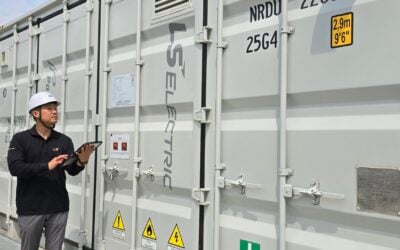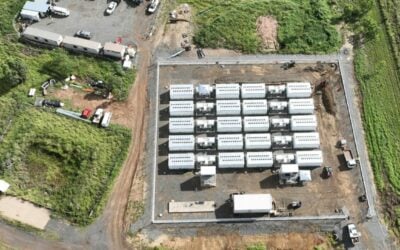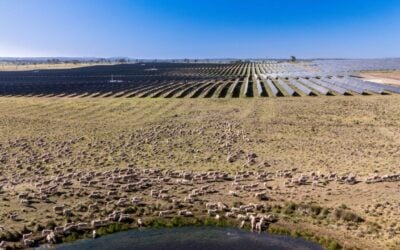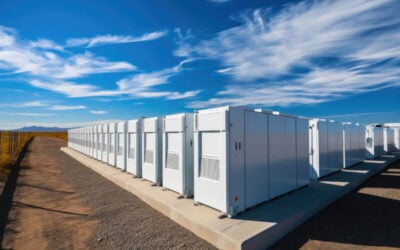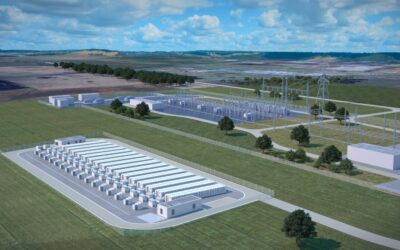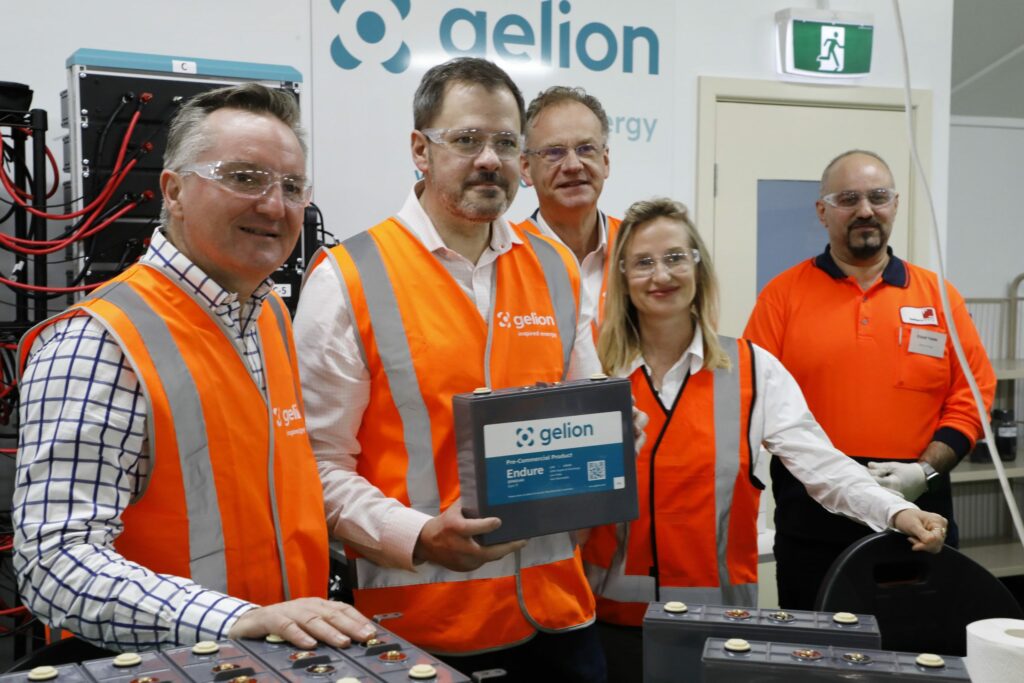
The government of Australia has opened a public consultation for the Capacity Investment Scheme, widely expected to be a game changer in the country’s rollout of clean energy technologies.
Respondents have until the end of August to offer their input on the scheme, which will underwrite revenues for dispatchable renewable energy generation. Given the necessity for energy storage to make that generation dispatchable, the scheme has been described as a “de facto” target for energy storage, by energy minister Chris Bowen.
Enjoy 12 months of exclusive analysis
- Regular insight and analysis of the industry’s biggest developments
- In-depth interviews with the industry’s leading figures
- Annual digital subscription to the PV Tech Power journal
- Discounts on Solar Media’s portfolio of events, in-person and virtual
Or continue reading this article for free
The consultation launched following the publication on Friday of a Public Consultation Paper by the Department of Climate Change, Energy, the Environment and Water, setting out the proposed approach and design of the scheme.
The government aims to deliver at least 6GW of clean energy generation through the scheme, driving an estimated AU$10 billion (US$6.58 billion) investment into the energy sector by 2030.
That amount was arrived at through modelling by the Australian Energy Market Operator (AEMO). However, the scheme is to be administered at state level and to be tailored to the actual needs of each location across energy networks.
This was one of the key aspects of the scheme singled out for praise even as Australia’s national and regional energy ministers met in December last year to agree the scheme’s launch in principle.
The federal government will mostly play a role of overseeing and coordinating the programme, while implementation and much of the key decision-making will happen at state level, energy economics expert Dr Bruce Mountain of the Victoria Energy Policy Centre (VEPC) told Energy-Storage.news towards the beginning of this year.
For the past few years, reform of market design in the National Electricity Market (NEM) had been “a protracted, very arcane technical debate” led by regulators, which always became deadlocked, Mountain said, due to regulators’ inclusion of coal or gas-fired generation in design proposals.
‘Essential detail is the exclusion of coal and gas’
With the change of government last year to Anthony Albanese’s Labor Party, running partly on a platform of acting on climate and clean energy, “the federal energy minister and the Energy Department took charge of this part of the process and sought agreements at a very high level with the states’ energy ministers, who under our constitution have the responsibility for electricity supply”.
As of the end of last year, that resulted in the Capacity Investment Scheme being announced as “a mechanism whose essential detail is that it will exclude coal and gas generation from compensation under the scheme,” Dr Bruce Mountain said.
Energy minister Chris Bowen confirmed the scheme would be launching this year as the national budget was announced in May.
The first stage of the scheme is expected to be rolled out this year, beginning with a tender in South Australia and Victoria, to be administered by AEMO, and a tender for the Commonwealth/New South Wales (NSW), in partnership with the NSW Electricity Infrastructure Roadmap.
According to the consultation paper, the scheme will be “progressively rolled out” between 2023 and 2027 to help Australia meet its electric system reliability needs by the end of this decade. The government will reassess the need for further tenders beyond 2027 as needed.
Publicly or privately-owned utility-scale projects that achieved financial close from 8 December 2022 onwards will be eligible.
Solicited volumes by region will be dependent on modelling of the reliability need for each, translated into tendered volumes. However, some design parameters are yet to be determined, such as minimum duration of storage technologies, how different storage technologies are compared in tender evaluation and how the Capacity Investment Scheme (CIS) tenders should evolve over time.
NSW Electricity Infrastructure Roadmap tenders are already underway – as our colleagues at PV Tech reported last week, a solicitation for generation was oversubscribed with 3.1GW of interested bids versus a 950MW target. Meanwhile, 1.6GW of long-duration energy storage (LDES) bids were received, again more than double a targeted 550MW.
Meanwhile tender arrangements for South Australia and Victoria are expected to be published by October, and further details on the national rollout will be out by the end of this year.
See the government’s Public Consultation Paper and other supporting information here.

